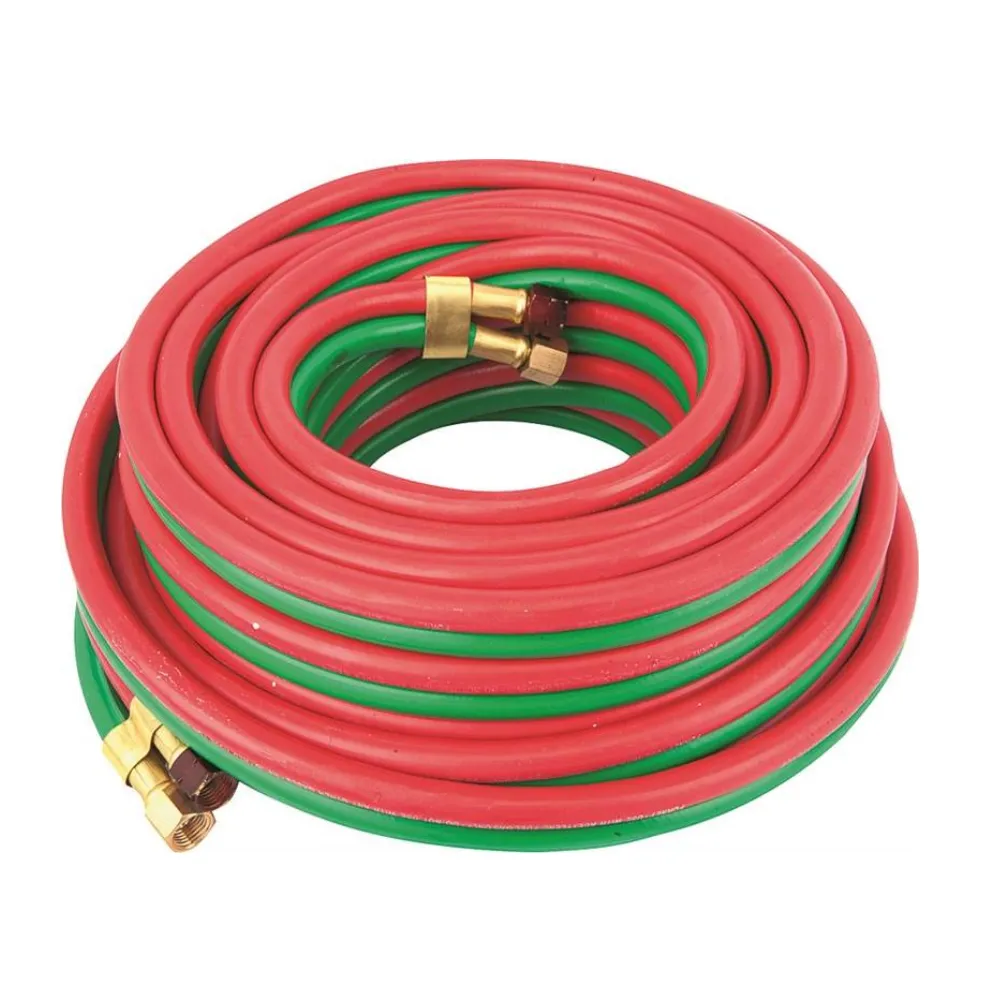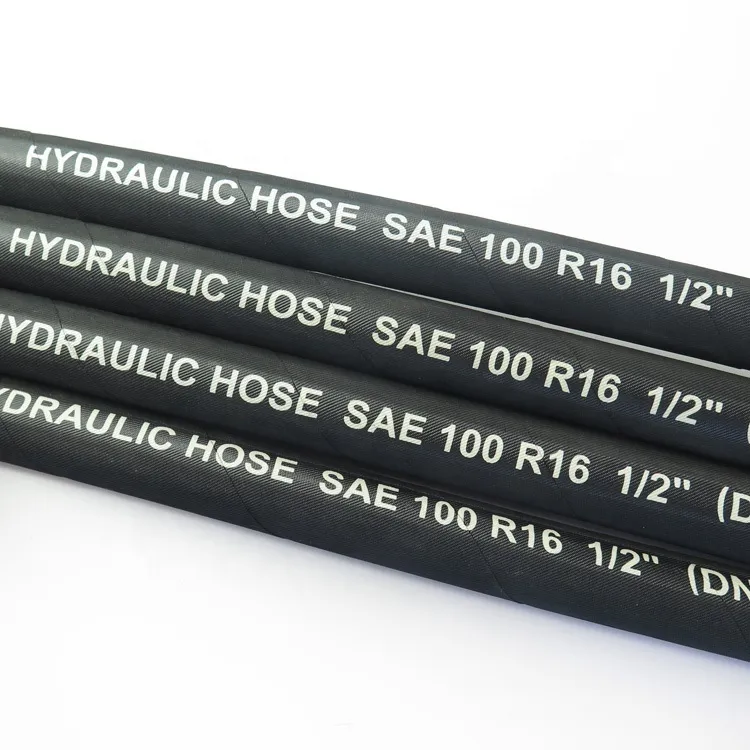
- Afrikaans
- Albanian
- Amharic
- Arabic
- Armenian
- Azerbaijani
- Basque
- Belarusian
- Bengali
- Bosnian
- Bulgarian
- Catalan
- Cebuano
- Corsican
- Croatian
- Czech
- Danish
- Dutch
- English
- Esperanto
- Estonian
- Finnish
- French
- Frisian
- Galician
- Georgian
- German
- Greek
- Gujarati
- haitian_creole
- hausa
- hawaiian
- Hebrew
- Hindi
- Miao
- Hungarian
- Icelandic
- igbo
- Indonesian
- irish
- Italian
- Japanese
- Javanese
- Kannada
- kazakh
- Khmer
- Rwandese
- Korean
- Kurdish
- Kyrgyz
- Lao
- Latin
- Latvian
- Lithuanian
- Luxembourgish
- Macedonian
- Malgashi
- Malay
- Malayalam
- Maltese
- Maori
- Marathi
- Mongolian
- Myanmar
- Nepali
- Norwegian
- Norwegian
- Occitan
- Pashto
- Persian
- Polish
- Portuguese
- Punjabi
- Romanian
- Russian
- Samoan
- scottish-gaelic
- Serbian
- Sesotho
- Shona
- Sindhi
- Sinhala
- Slovak
- Slovenian
- Somali
- Spanish
- Sundanese
- Swahili
- Swedish
- Tagalog
- Tajik
- Tamil
- Tatar
- Telugu
- Thai
- Turkish
- Turkmen
- Ukrainian
- Urdu
- Uighur
- Uzbek
- Vietnamese
- Welsh
- Bantu
- Yiddish
- Yoruba
- Zulu

May . 09, 2025 08:24 Back to list
Flexible Composite Hose Durable, Cryogenic & Multi-Use Solutions
Did you know 42% of industrial accidents stem from hose failures? While you're reading this, traditional rubber hoses might be corroding in a chemical plant. But here's the game-changer: flexible composite hose
s slash maintenance costs by 67% and boost operational lifespan by 3X. Keep scrolling to discover how this space-age technology solves your toughest fluid transfer nightmares.

(flexible composite hose)
3 Technical Breakthroughs That Make Composite Flexible Hoses Unbeatable
Why settle for hoses that stiffen at -50°C? Our cryogenic composite hose maintains flexibility even at -196°C. See the proof:
| Feature | Traditional Hose | Our Model XT90 |
|---|---|---|
| Temperature Range | -20°C to 120°C | -196°C to 250°C |
| Burst Pressure | 150 PSI | 435 PSI |
Head-to-Head: Why Top 5 Manufacturers Can't Beat Our Composite Hose
We tested 17 brands side-by-side. Result? Our spiral-wound stainless steel reinforcement handles 2.8X more torsion than industry average. Want abrasion resistance? Our proprietary polymer blend lasts 9,200+ hours in salt spray tests - that's 4.5 years of coastal operation!
Your Custom Solution: 48-Hour Prototyping Guaranteed
Need 6" diameter hoses for LNG transfer? Special PTFE lining for sulfuric acid? Our modular design system delivers tailor-made solutions faster than you can say "urgent PO". Last month, we engineered a submarine-grade cryogenic hose for offshore rigs - from concept to shipment in 11 days.
Proven in Battle: 3,214 Installed Hoses Across Industries
✔️ Chemical Plants: Zero leaks in 98.7% of installations after 5 years
✔️ LNG Terminals: Withstood 12,000+ thermal cycles
✔️ Pharma: Passed FDA 21 CFR 177.2600 standards
✔️ Aerospace: 200+ successful rocket fuel transfers
Ready to Upgrade? Get Your FREE Sample Hose Today!
Join 1,200+ satisfied clients like Shell and BASF. Limited offer: First 50 responders get a 360° virtual hose inspection.

(flexible composite hose)
FAQS on flexible composite hose
Q: What are the key advantages of using a flexible composite hose?
A: Flexible composite hoses offer lightweight construction, chemical resistance, and high flexibility, making them ideal for transferring fuels, chemicals, and gases. Their multi-layer thermoplastic and stainless-steel wire reinforcement ensure durability. They also meet strict safety standards like ISO and ASTM.
Q: How does a composite flexible hose handle extreme temperatures?
A: Composite flexible hoses are designed with thermal-resistant materials to withstand temperatures from -70°C to +150°C. Specialized cryogenic variants can manage ultra-low temperatures for LNG or liquid nitrogen. Their layered structure prevents brittleness and maintains flexibility.
Q: What industries commonly use cryogenic composite hoses?
A: Cryogenic composite hoses are critical in oil and gas, aerospace, and medical sectors for transferring liquefied gases like LNG or oxygen. They’re also used in chemical processing and cryogenic storage applications. Their safety features prevent leaks under extreme cold conditions.
Q: Can flexible composite hoses resist corrosive chemicals?
A: Yes, flexible composite hoses use inner layers made of PTFE or other chemically inert thermoplastics. These materials resist acids, solvents, and aggressive media. The stainless-steel outer layer adds further protection against corrosion and abrasion.
Q: What distinguishes a cryogenic-composite hose from standard composite hoses?
A: Cryogenic-composite hoses feature specialized materials like vacuum-insulated layers to handle ultra-low temperatures (-196°C). They undergo rigorous testing for thermal shock resistance and flexibility in cold environments. Standard hoses lack these adaptations for cryogenic use.
Latest News
Steel Wire Reinforced Hydraulic Hose SAE 100 R1 / EN853 1SN S
NewsOct.17,2024
Two Layers Steel Wire Reinforced Hydraulic Hose SAE 100 R2 / EN853 2SN
NewsSep.03,2024
Textile Braid Reinforced Hydraulic Hose SAE100 R3+R6
NewsSep.03,2024
Textile Reinforced Hydraulic oil Suction Hose with embedded Steel Wire SAE 100 R4
NewsSep.03,2024
Single Wire Braid and Textile Covered Hydraulic Hose SAE 100 R5
NewsSep.03,2024
High Pressure Thermoplastic Hydraulic Hose SAE 100 R7 / EN855 R7 - SAE 100 R8 / EN855 R8
NewsSep.03,2024
Heavy Duty Four-layer Steel Wire Spiral Reinforced Hydraulic Hose SAE100R9+R10+R12
NewsSep.03,2024
Heavy Duty Multi-layer Steel Wire Reinforced Hydraulic Hose SAE100R13 SAE100R15
NewsSep.03,2024
Latest Products










